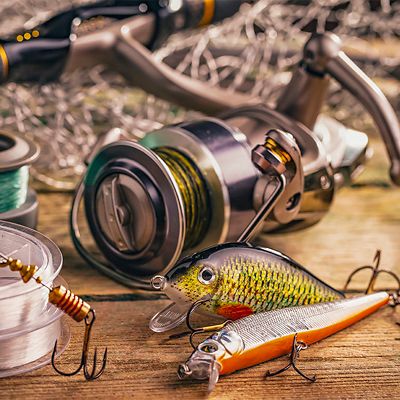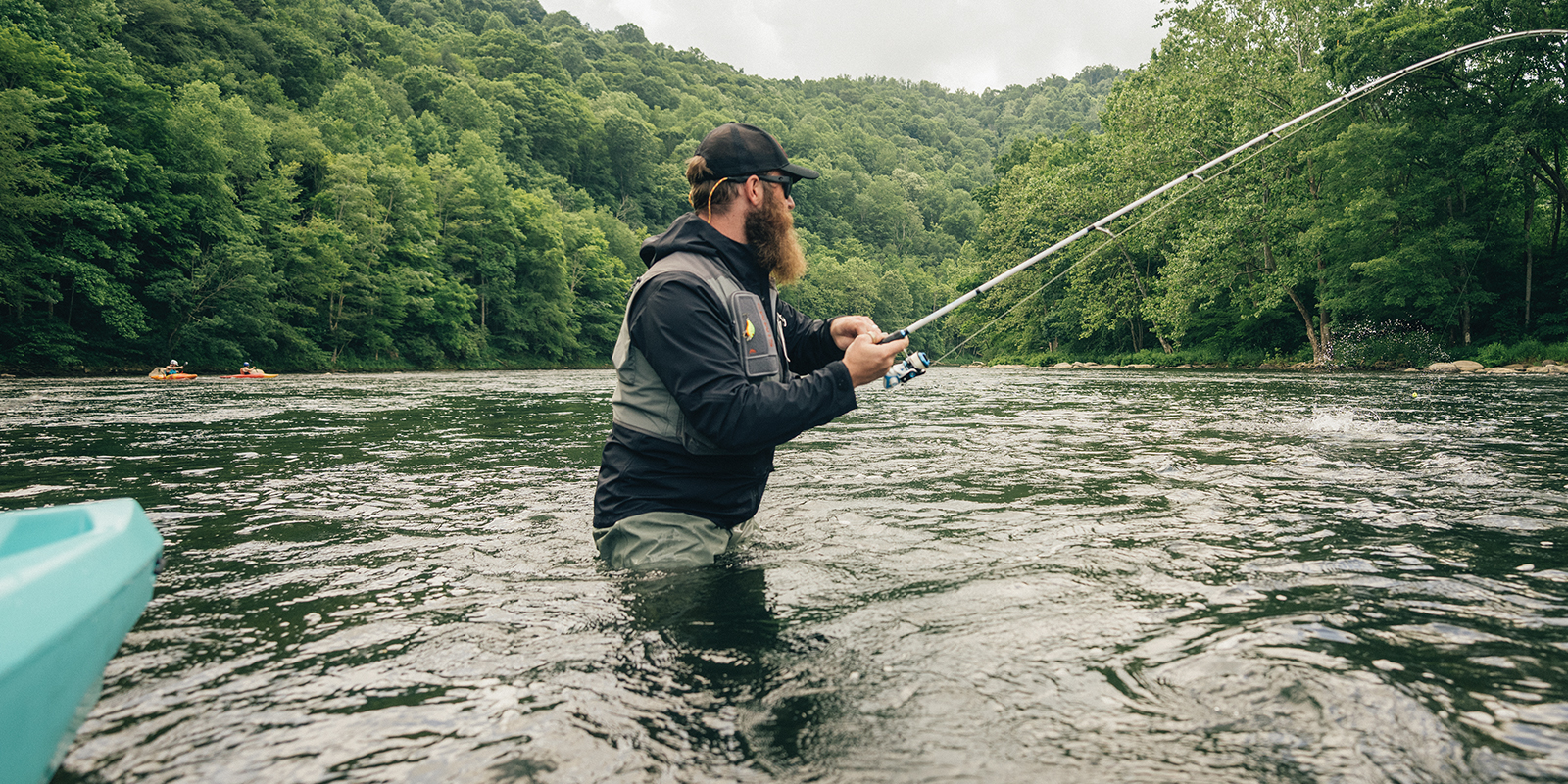Or maybe you just want to savor a local catch, cooking it up for dinner at home. Either way, the next step after landing the fish (assuming you’re abiding by local regulations allowing you to keep it) is to gut it. Do this as quickly as possible if you don’t plan on keeping the fish alive (in a live well, cooler or bucket, or stringer), as a dead fish will spoil in just hours. Always head to the water with the right equipment to clean your fish there—and be ready to use it once you’ve decided to take the fish home.
What You Need
There’s three critical elements here: sharp blade, work surface, fresh water. In the backcountry, cleaning a fish can be accomplished with a single (ideally non-serrated) knife, plus a clean, flat rock, and the nearby body of water. At many parks where fishing is allowed, you’re likely to find a dedicated cleaning station (look near the bathrooms), featuring a table with running water and a cutting surface, which makes it easy to rinse the fish and dispose of the entrails. If you’re doing this on a picnic table, think about packing some newspapers or paper towels to keep things clean. A cutting board would also be useful. If you’re planning to do more fishing, bring a zip-top, freezer-size bag and a cooler with ice to keep the cleaned fish cold until you can get it into a refrigerator. (In the backcountry, the water you’re fishing might be cold enough for placing the bagged fish until you’re ready to cook).
Scale the Fish
Nobody wants to eat scales. Most fish have them and they’re easiest to remove when the fish is still whole. Wait much later and you’ll almost certainly end up with scales in your meal. (For fish with tough skin rather than scales, like catfish, make a shallow incision along the fish’s back and peel the skin away.)
- Lay your fish flat on one side.
- Grab the tail with your non-dominant hand and a dedicated fish scaler or a knife in the other. If you’re using your fillet knife, try just using the blunt back side, or use a butter knife, and scrape from tail to head in short, quick motions. Expect scales to go flying. Scrape until the fish is smooth.
- Flip the fish over and scale the other side.
- Rinse the fish and work surface thoroughly to make sure all the loose scales are gone. Pat the fish dry.





